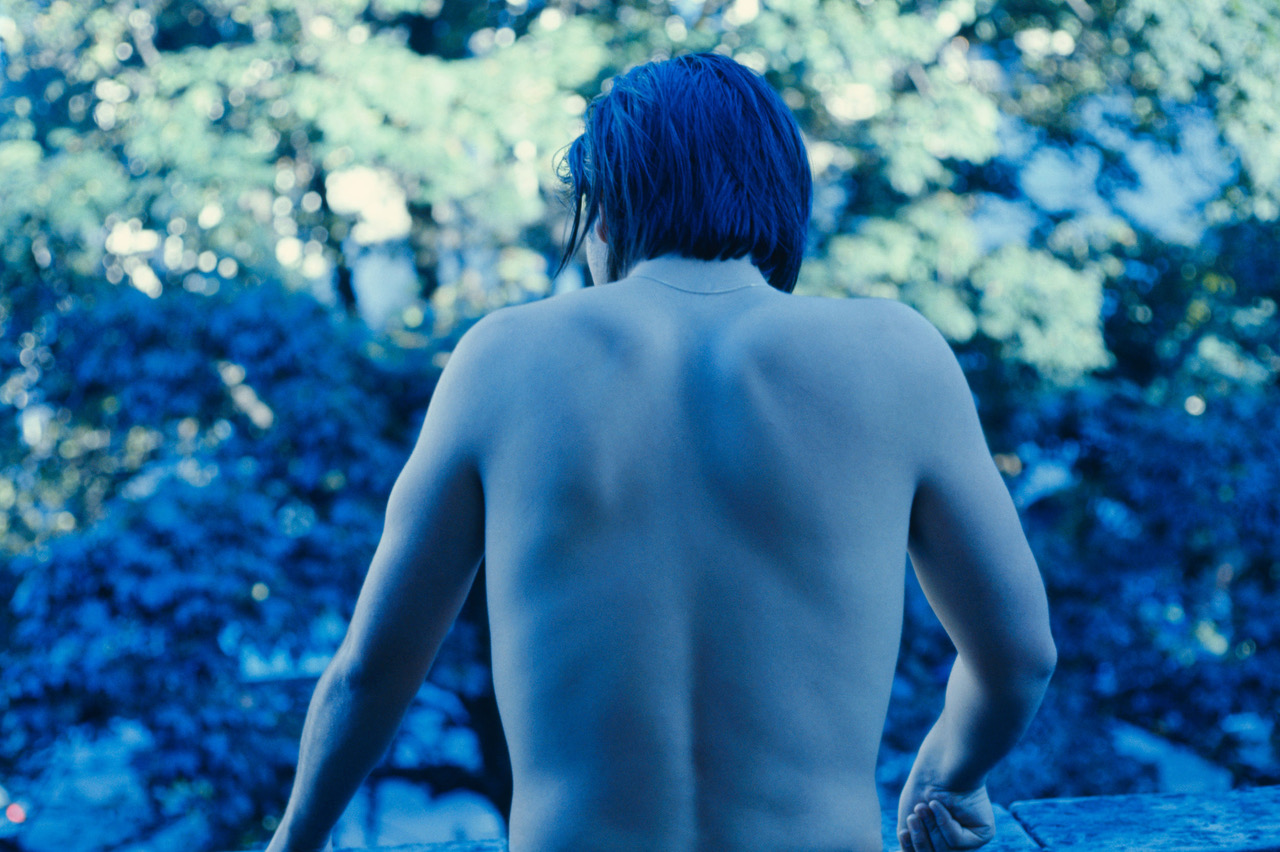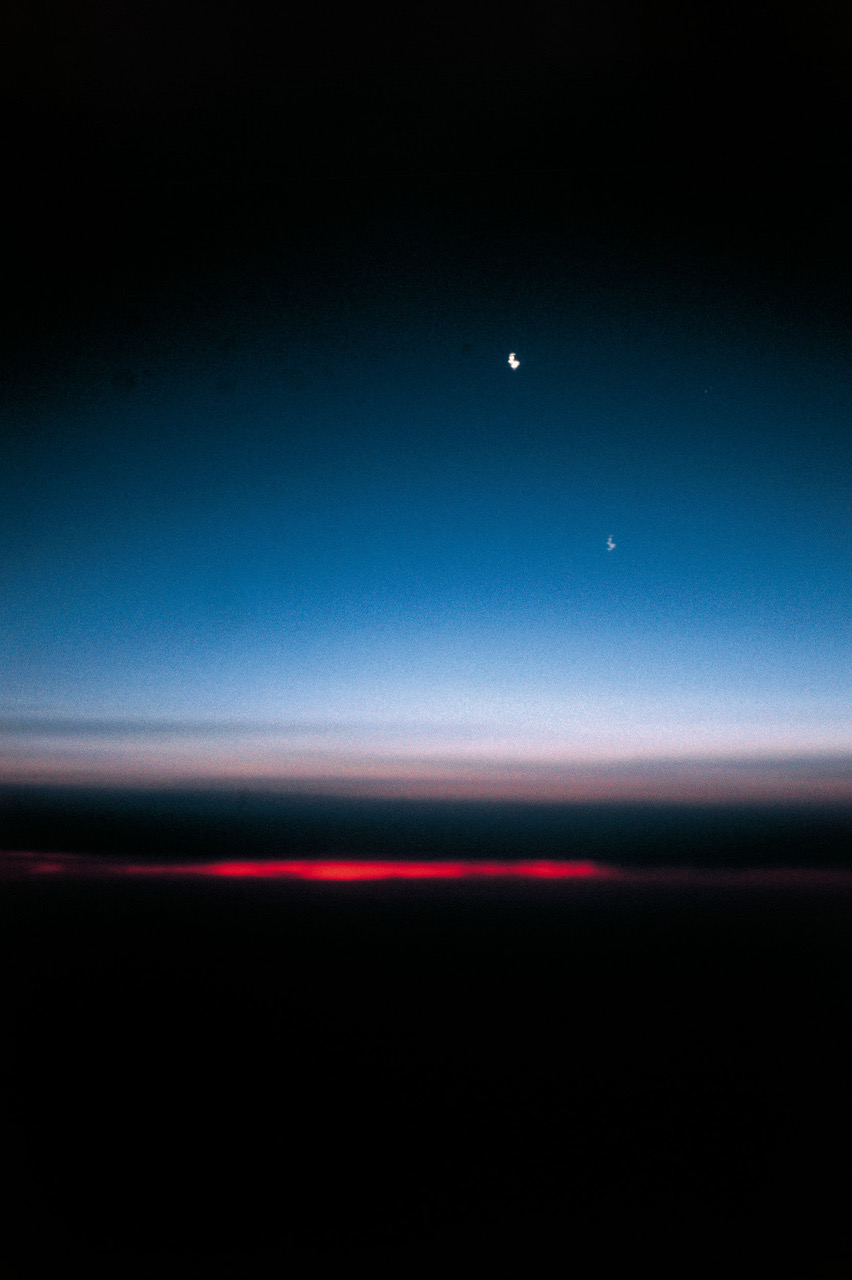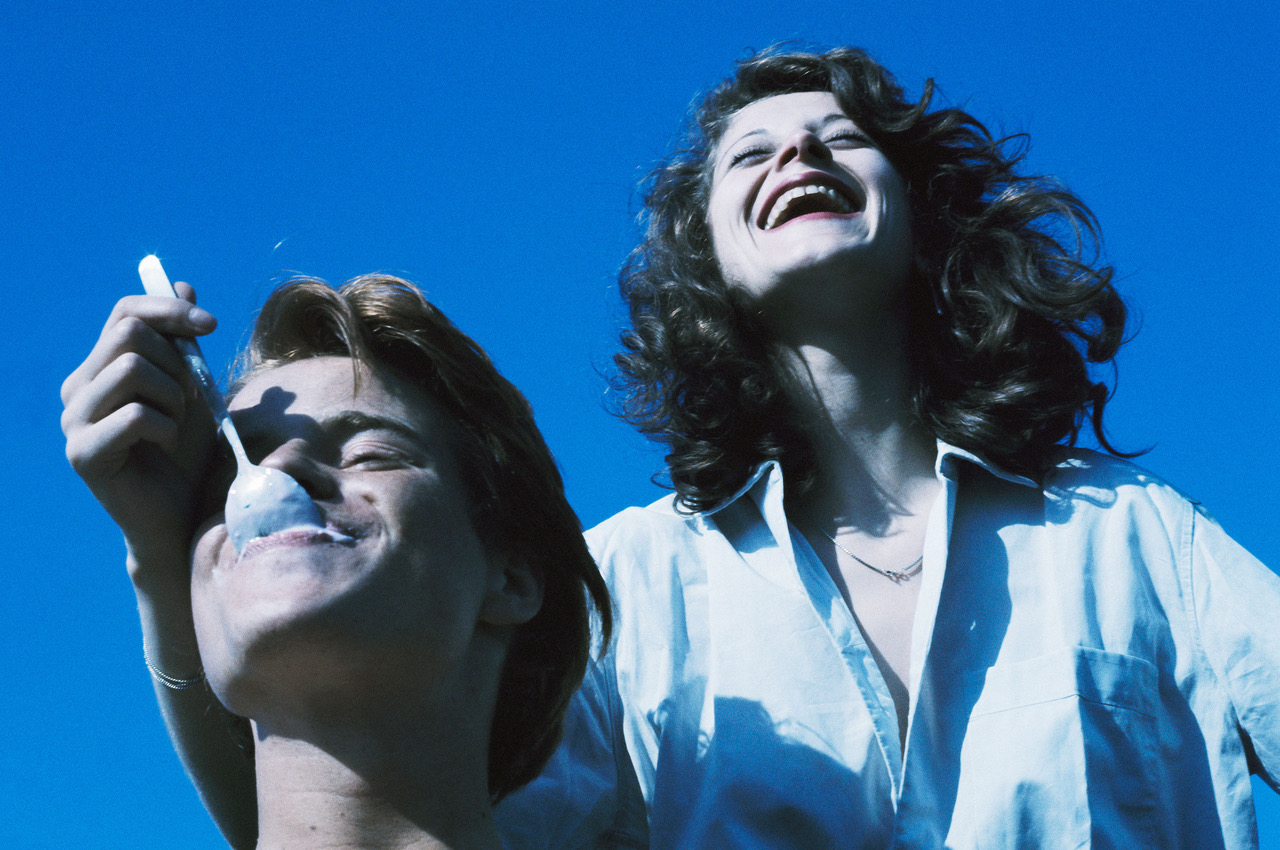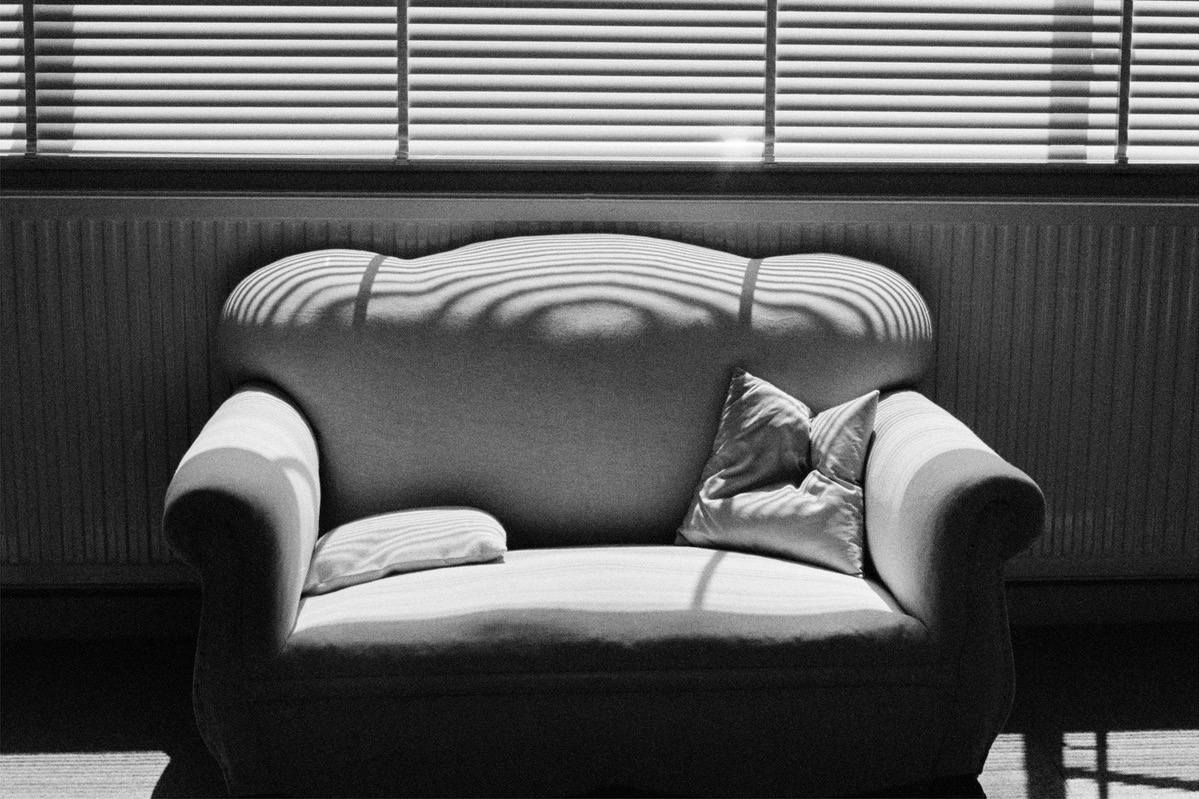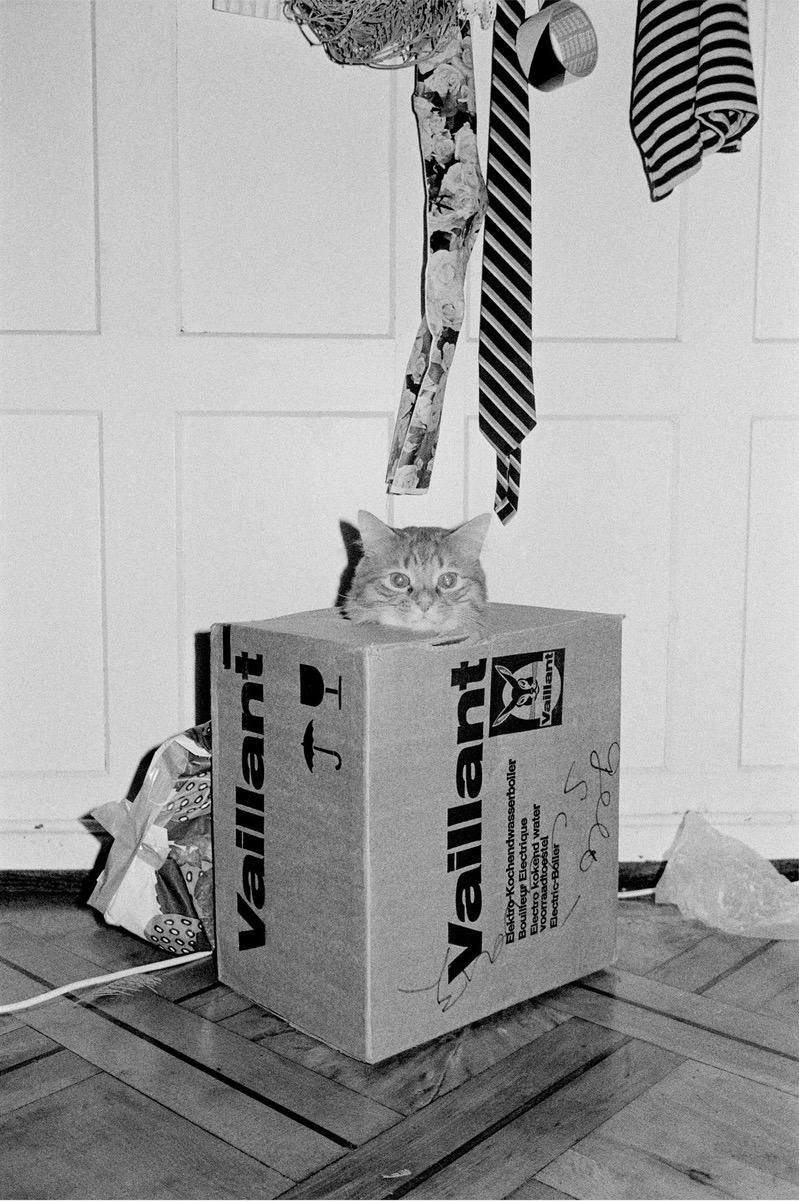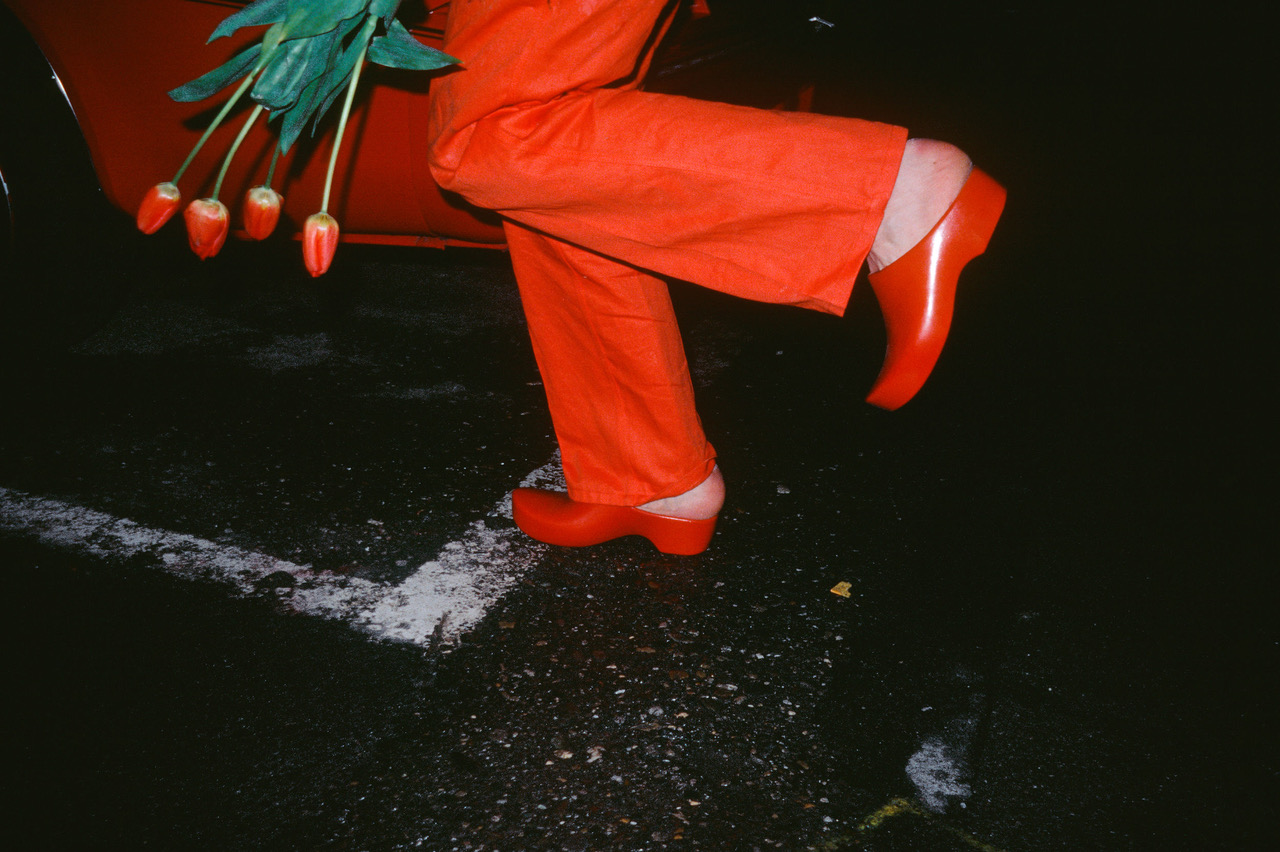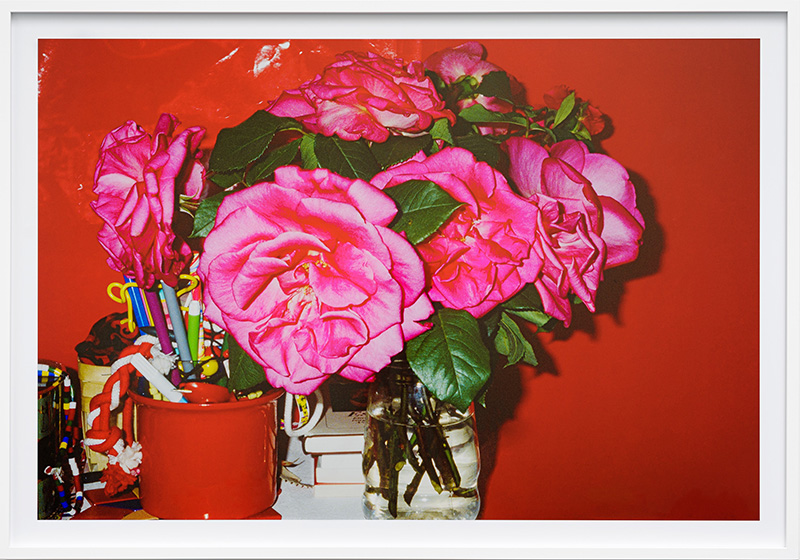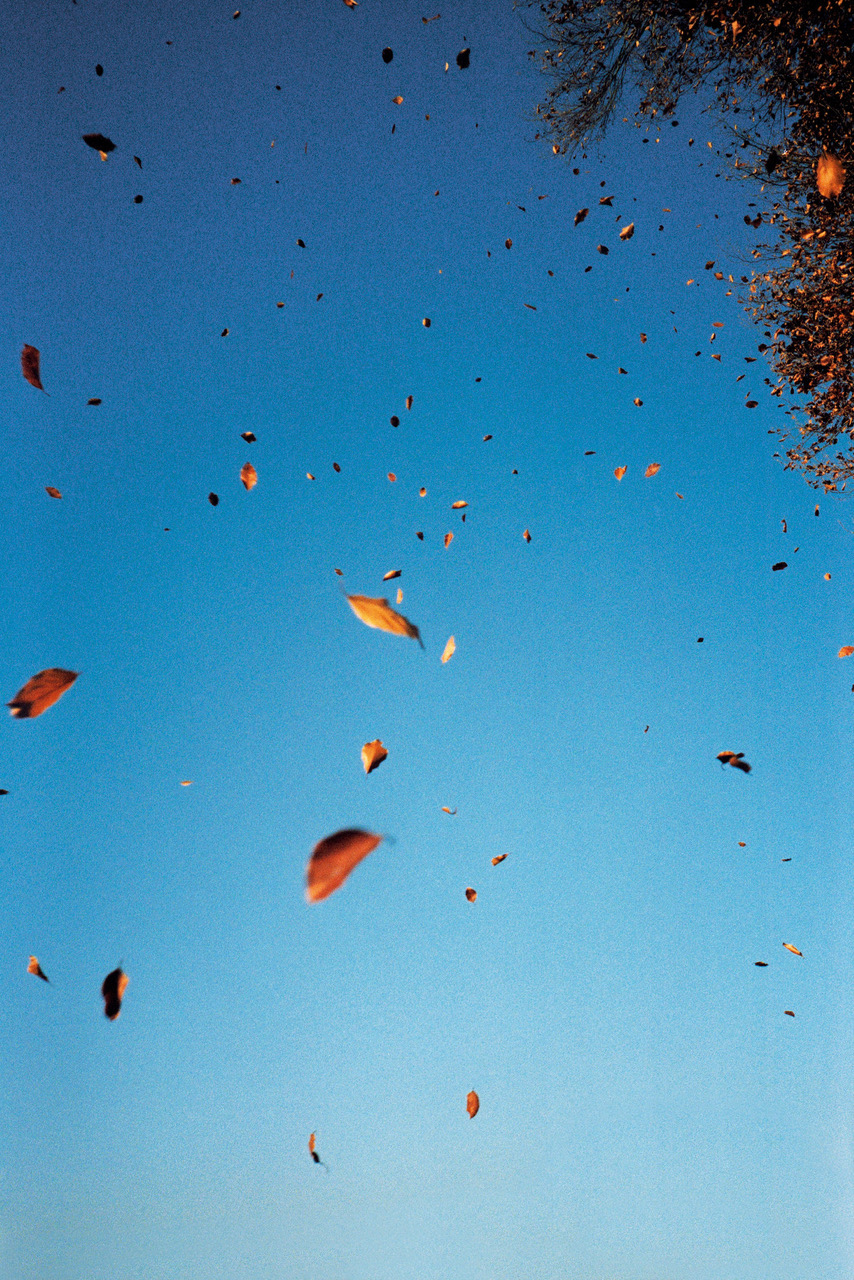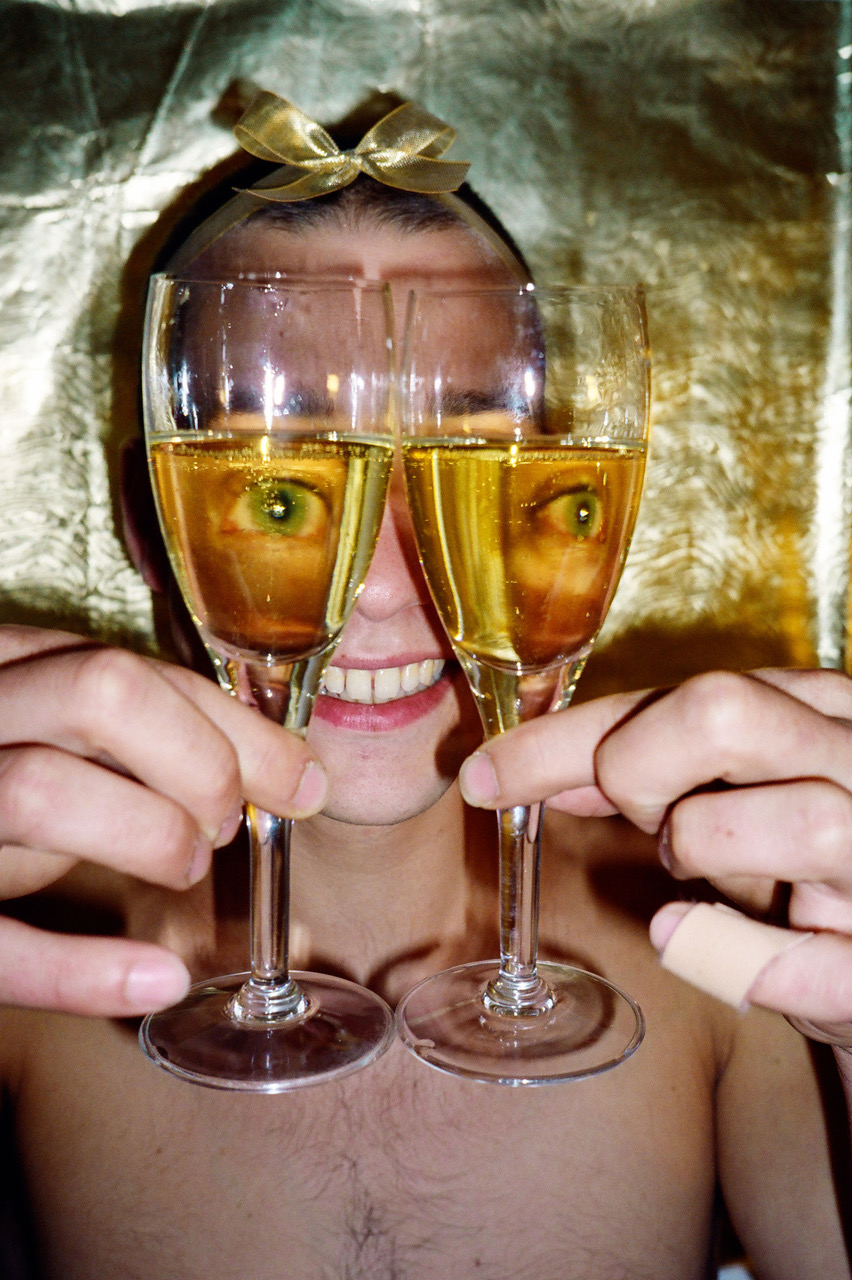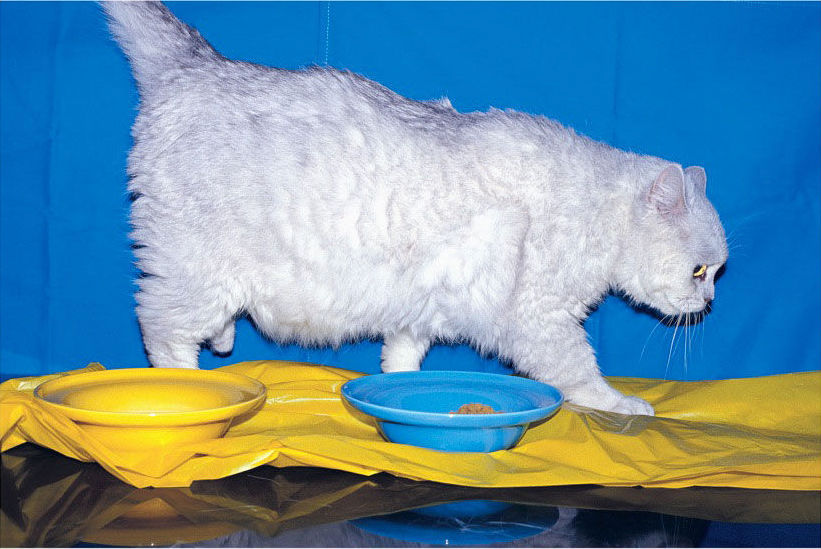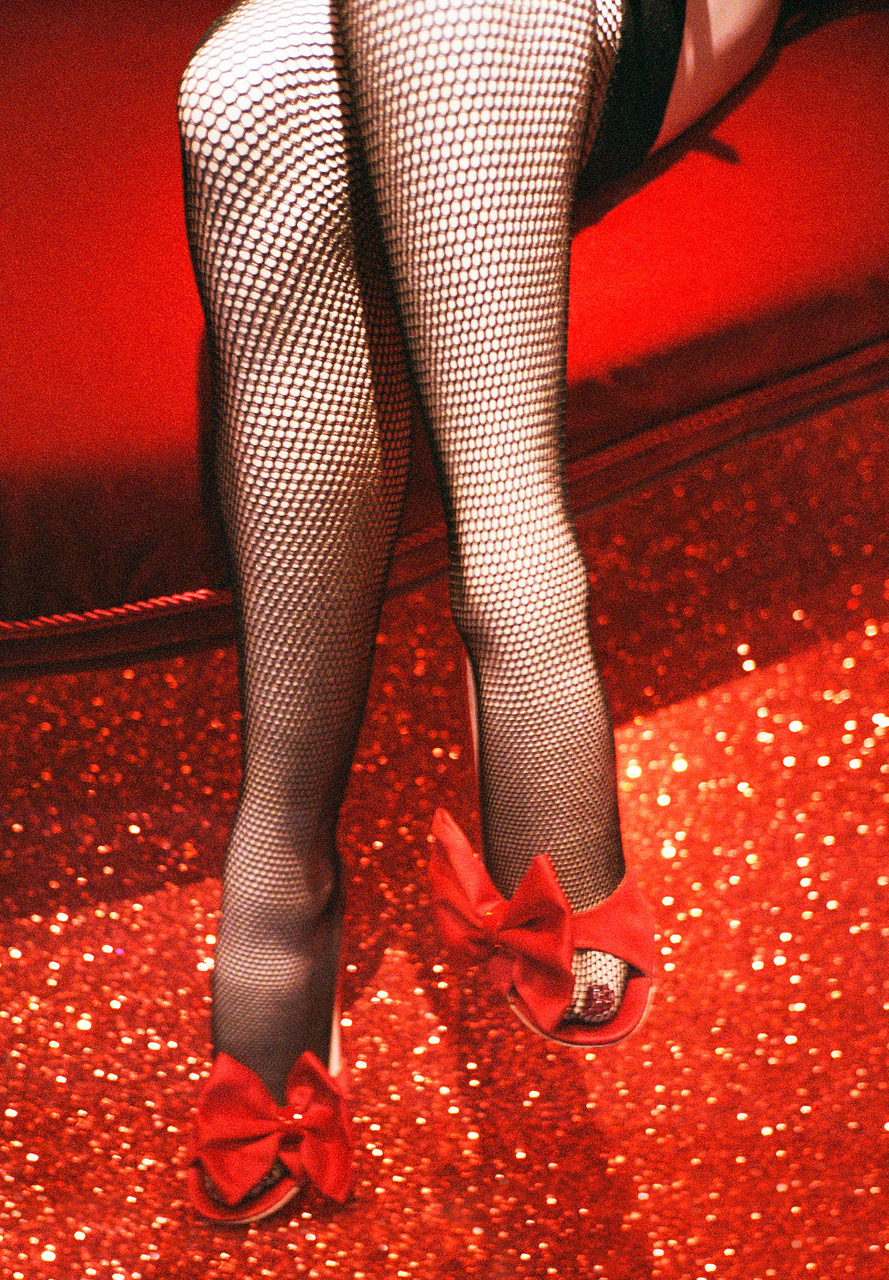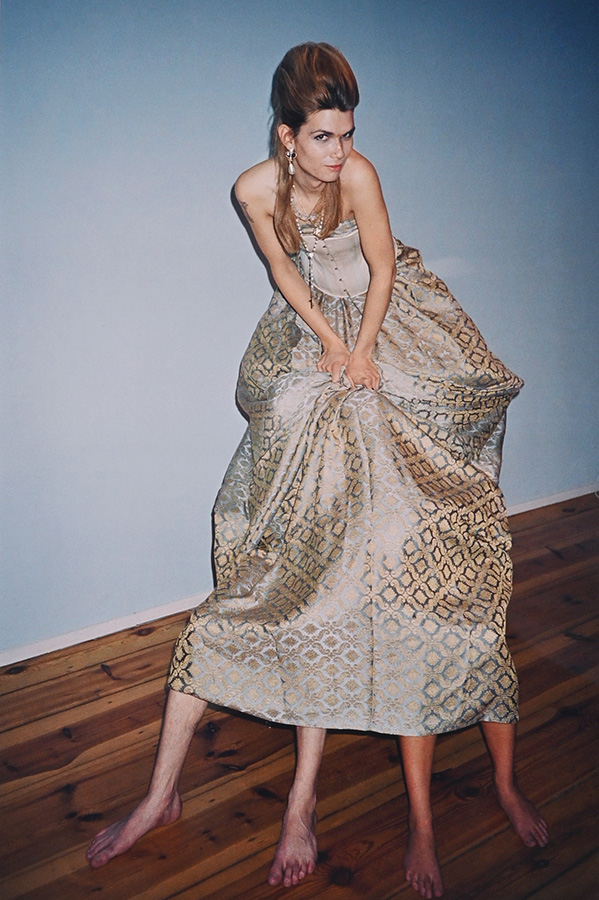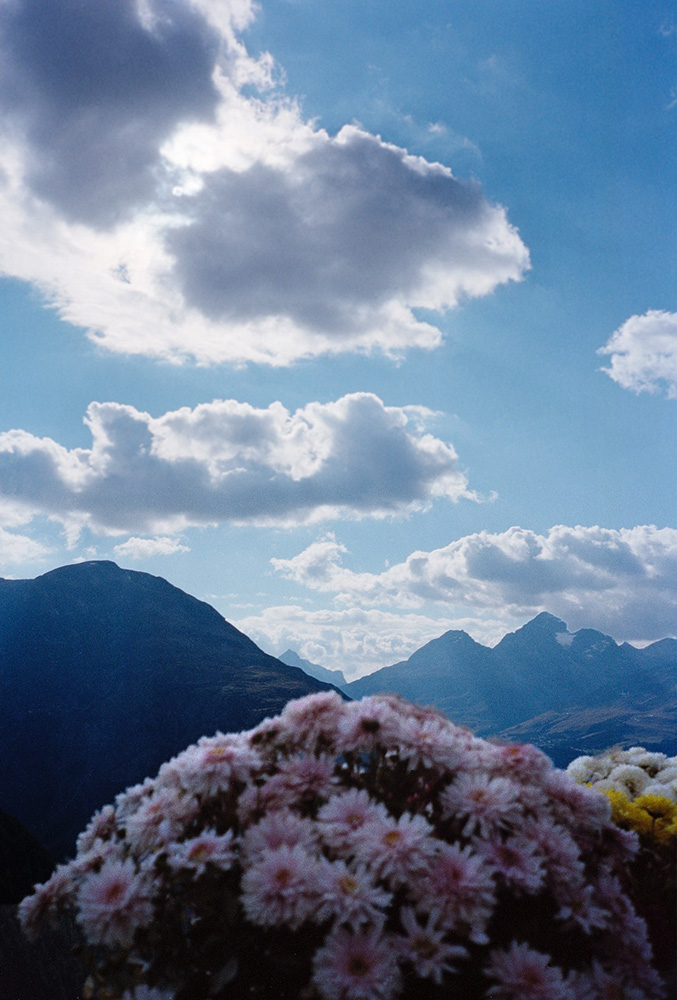Walter Pfeiffer’s name resonates today because of his images, but he has never considered himself a photographer. Initially a painter, graphic designer and window dresser for a Zurich department store, Pfeiffer bought his first Polaroid camera in 1971 to perfect his hyperrealist pictorial practice.
Won over by the medium’s speed of action, he started frenetically photographing the people that surrounded him on the Zurich underground scene of the 1970s and 1980s. Influenced by Pop Art and Andy Warhol, Pfeiffer took many pictures of the numerous visitors to his Zurich “Factory”, located in a dilapidated villa from 1974 to 1976, and he cast his friends in a performance (Inventar, 1977). It was during this period that his artistic career took a new turn. In 1974, Jean-Christophe Ammann, who was then the director of the Kunstmuseum Luzern, invited him to participate in the exhibition Transformer: Aspects of Travesty, in which he presented his first series of black-and-white portraits of the young transsexual model Carlo Jo.
Without striving for technical perfection, from the outset Pfeiffer developed a dilettantish but determined approach, photographing with a flash because of the tremble in his left hand. Captivated by the beauty of the male body, he focused his attention on youths in search of identity. If the thread running through his photographic work is a constant search for beauty, his snapshots often include humour, kitsch and glamour, but also nudity. By staring into the lens and posing suggestively, Pfeiffer’s models display a sensuality that initially met with reservations in the world of commercial and artistic photography. From portraits to still lifes, Pfeiffer skilfully mixes genres and uses various props within his compositions, capturing the ordinary and the extravagant, often in a joyful and unbridled atmosphere.
After a period in the 1990s primarily dedicated to drawing, Pfeiffer placed photography back at the centre of his work by publishing Welcome Aboard in 2001. An exhibition was dedicated to his work at the Centre culturel suisse in Paris (2004), followed by a retrospective at the Fotomuseum Winterthur in 2008 (In Love With Beauty). His photographic work was then discovered by a new generation, and the artist found himself being solicited for numerous collaborations with magazines (Vogue, i-D, Dazed & Confused). His unaffected images made him a pioneer, inspiring many photographers like Juergen Teller and Wolfgang Tillmans.
Walter Pfeiffer was born in 1946 in Beggingen in the canton of Schaffhouse. He lives and works in Zurich.
Won over by the medium’s speed of action, he started frenetically photographing the people that surrounded him on the Zurich underground scene of the 1970s and 1980s. Influenced by Pop Art and Andy Warhol, Pfeiffer took many pictures of the numerous visitors to his Zurich “Factory”, located in a dilapidated villa from 1974 to 1976, and he cast his friends in a performance (Inventar, 1977). It was during this period that his artistic career took a new turn. In 1974, Jean-Christophe Ammann, who was then the director of the Kunstmuseum Luzern, invited him to participate in the exhibition Transformer: Aspects of Travesty, in which he presented his first series of black-and-white portraits of the young transsexual model Carlo Jo.
Without striving for technical perfection, from the outset Pfeiffer developed a dilettantish but determined approach, photographing with a flash because of the tremble in his left hand. Captivated by the beauty of the male body, he focused his attention on youths in search of identity. If the thread running through his photographic work is a constant search for beauty, his snapshots often include humour, kitsch and glamour, but also nudity. By staring into the lens and posing suggestively, Pfeiffer’s models display a sensuality that initially met with reservations in the world of commercial and artistic photography. From portraits to still lifes, Pfeiffer skilfully mixes genres and uses various props within his compositions, capturing the ordinary and the extravagant, often in a joyful and unbridled atmosphere.
After a period in the 1990s primarily dedicated to drawing, Pfeiffer placed photography back at the centre of his work by publishing Welcome Aboard in 2001. An exhibition was dedicated to his work at the Centre culturel suisse in Paris (2004), followed by a retrospective at the Fotomuseum Winterthur in 2008 (In Love With Beauty). His photographic work was then discovered by a new generation, and the artist found himself being solicited for numerous collaborations with magazines (Vogue, i-D, Dazed & Confused). His unaffected images made him a pioneer, inspiring many photographers like Juergen Teller and Wolfgang Tillmans.
Walter Pfeiffer was born in 1946 in Beggingen in the canton of Schaffhouse. He lives and works in Zurich.
